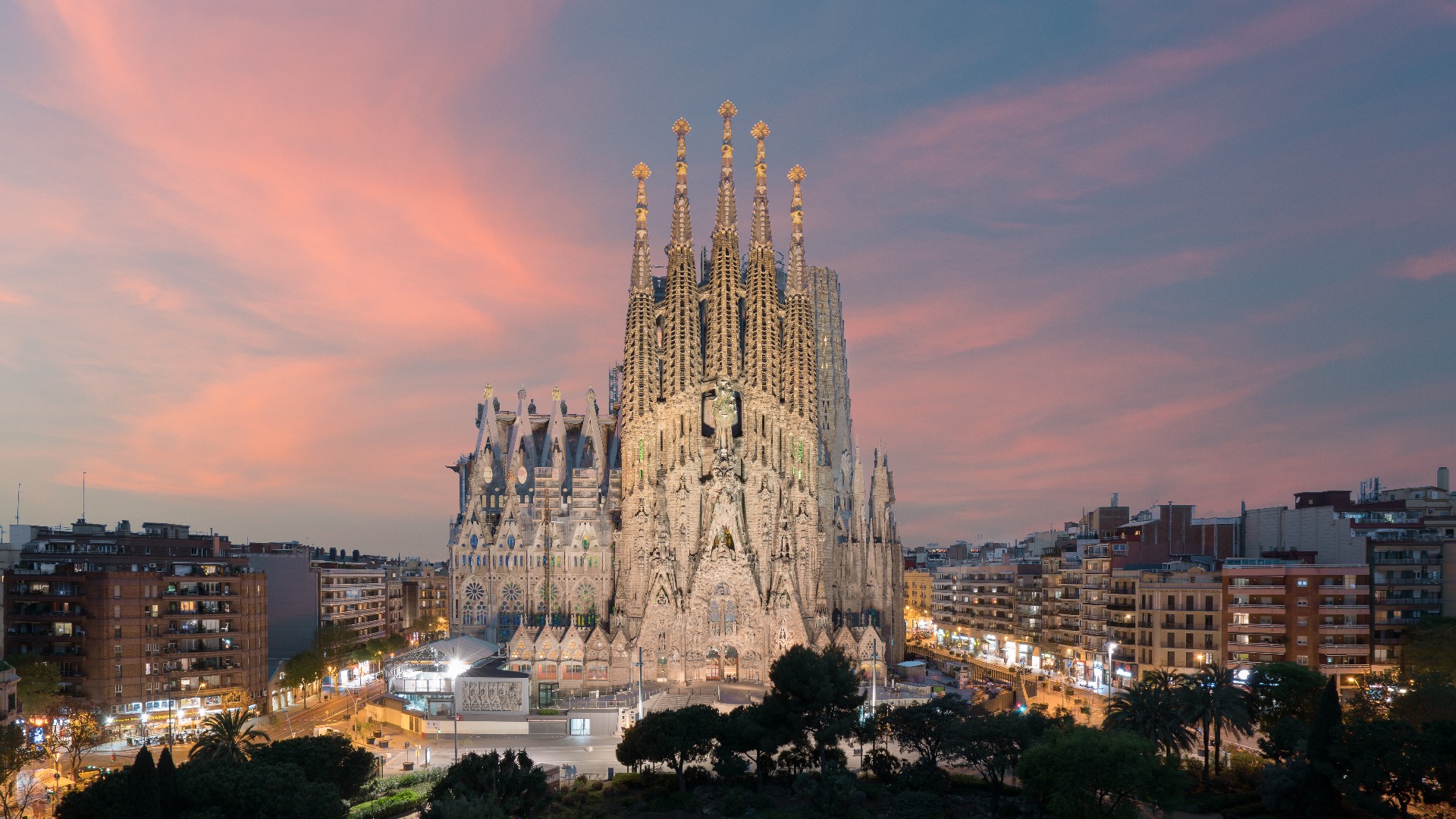
The Environmental Impact Of The Tourism Industry In Spain – WTTC Updates

The industry added 2.3% to GDP growth, but contributed just 0.9% to rising emissions of greenhouse gases.
New data on the tourism industry's impact on Spain's environment has been published by the World Travel and Tourism Council (WTTC). Now, thanks to one of the biggest research initiatives of its type, the international organisation can finally publish and monitor the sector's precise impact on the natural world.
There has been consistent development in the travel and tourism industry's contribution to GDP in Spain, and the sector has done so while decreasing the amount of its emissions of greenhouse gases, according to the statistics.
In 2019, the industry was responsible for 11% of Spain's total GHG emissions. This figure, however, fell by 6% by 2020, to 5%, mostly as a result of the decline in tourism seen during the coronavirus crisis. The travel and tourism industry in Spain saw decoupling growth in GDP and GHG emissions from 2010 to 2019. The sector's annual average contribution to national GDP expanded by 2.3% over this time period, while greenhouse gas pollution increased by just 0.9% annually.
Every euro earned by the Spanish tourism industry in 2010 resulted in 0.44 kg of greenhouse gases being released into the atmosphere. However, it is clear from the data that the degree with which this industry produces emissions is decreasing. In 2019, at the industry's height, this percentage dropped to 0.39 kilogramme for every euro of GDP, a decrease of more than 11.3% annually. Its quantity fell even more in the years that followed, from 0.36 kg in 2019 to 0.33 kg in 2020 and 0.32 kg in 2021.
This drastic drop shows how the measures taken by the Spanish government and industry leaders to develop a more sustainable economy have paid off. Although progress has been made in decoupling Spain's economic development from its greenhouse gas emissions and lowering the intensity of those emissions, much more remains to be accomplished.
“Spain's Travel & Tourism sector has decoupled its economic growth from its greenhouse gas emissions and continues to reduce its emissions intensity, but we know there is still a lot of work to be done.
“We need continued government support to increase production of sustainable aviation fuels, which will have a significant impact on our footprint, as well as to bring more renewable energy into our national grids, in order to minimize our absolute emissions to meet our targets and ambitions”, said Julia Simpson, President and CEO of the WTTC
Using up power
In addition to growth, Travel & Tourism also got more energy efficient, as seen by a 1.2% annual decline in total energy usage between 2010 and 2019 (as reported by the World Tourism Organization).
The percentage of low-carbon energy sources in the national energy mix is projected to rise from 10.9% in 2010 to 12.8% in 2021, while the percentage of fossil fuels used in the energy sector is projected to decrease during the same time period.
The World Travel & Tourism Council (WTTC) teamed together with the Global Center for Sustainable Tourism (GCST) in Saudi Arabia to fund this study. More than $186 billion was invested in the green economy last year, with more than 60 programmes launched under the Saudi Green Initiative. With annual updates, this project will eventually include data for all 195 nations in the world.
Source: hospitalitynet.org








